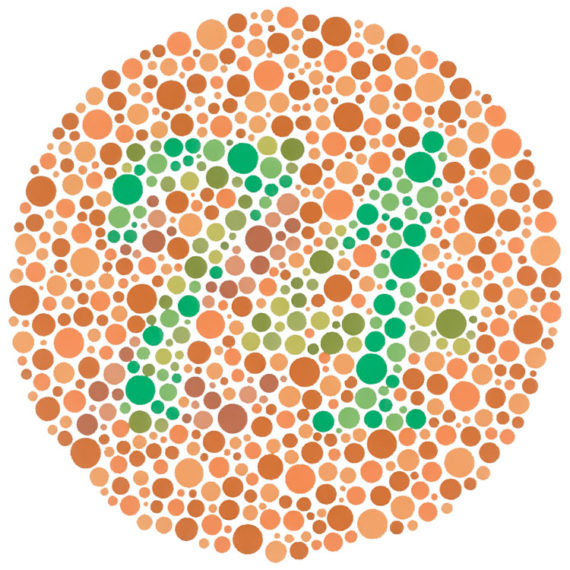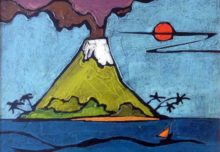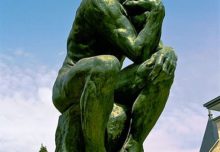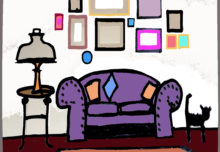Ishihara test.
Can you see a number? What is it?

Background.
An artist that I know surprised me when he told me that he was colour blind. He reads the colour on his paint tubes to make sure that he isn’t making a mistake when he paints pictures. He sometimes asked for help from fellow art students at Art College. Later when I shared studio with him he asked me. But he still managed to create great paintings. Which is still a surprise.
This shows us that design, texture, tone, subject, and circumstance are other elements of a painting that can be most important.
Design.
What shape is the picture? Landscape or portrait? Where is the horizon? Centre of interest? Perspective?
Texture.
Impasto, scumble, washes or photo-realistic? Paper, canvas, board, plaster? Knife, brush, spray, fingers, drip?
Tone.
Darkest versus lightest? Gradual or chiaroscuro?
Subject.
Portrait, landscape, cityscape, abstract, still life, floral, cartoon, naïve, fantasy, need I go on?
Circumstance.
Where shown, framed or not, price, size, audience?
Do you see? We artists have a lot to consider. Full colour awareness is just one factor.
But I would hate to be without it.




